Get PeakVisor App
Sign In
Search by GPS coordinates
- Latitude
- ° ' ''
- Longitude
- ° ' ''
- Units of Length

Yes
Cancel
Share ×

Scan the QR code and open PeakVisor on your phone
❤ Wishlist ×
Choose
Delete
Jutting out dramatically from the relatively low-lying landscape below, the Big Snowy Mountains are a small chain of rugged peaks located almost perfectly in the geographic center of the US state of Montana. The range contains 45 named mountains, the highest and most prominent of which is Greathouse Peak (8,691ft/2,649m).
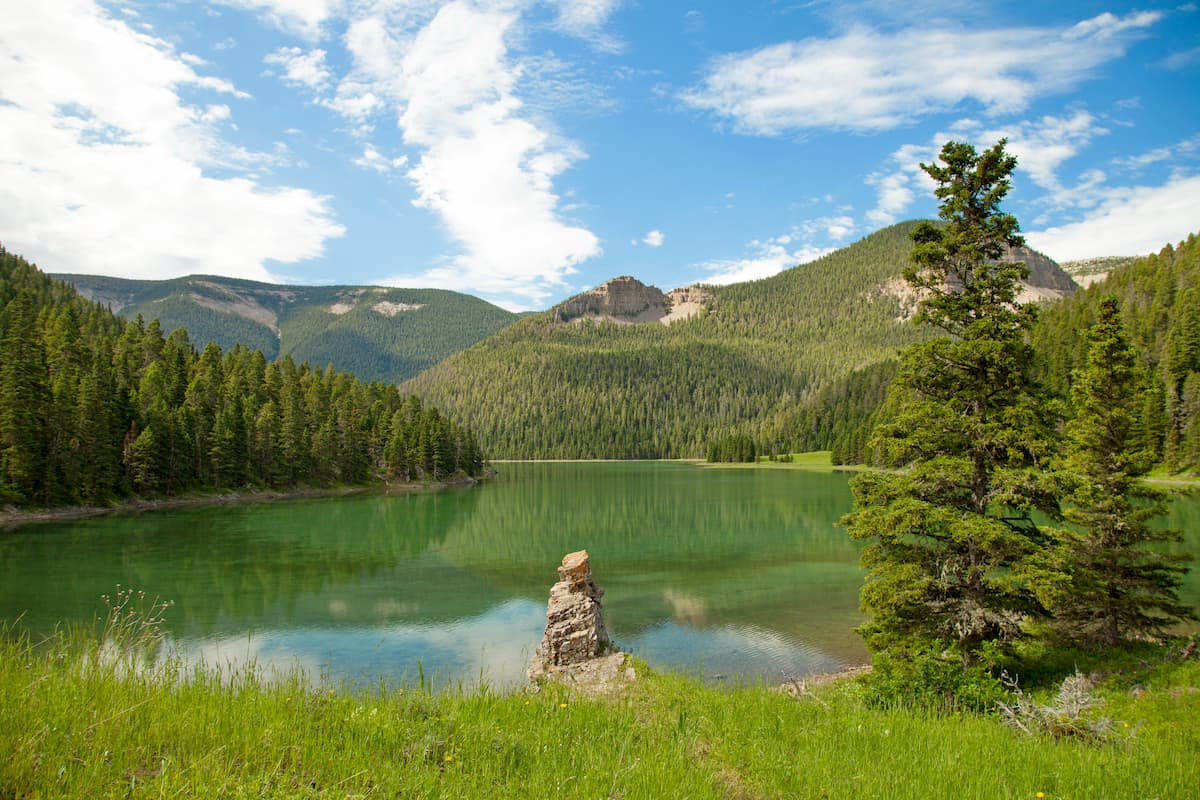
Geographically isolated from the rest of the Central Montana Rocky Mountains, the Big Snowy Mountains are one of the easternmost mountain ranges in the state of Montana, surpassed only slightly by the Bighorn Mountains to the south. The range is located almost entirely within Fergus County, though some geographers count a few of the smaller high points in Golden Valley County to also be part of the range.
Technically speaking, there are actually two “Snowy Mountain” ranges: the Big Snowy Mountains and the Little Snowy Mountains, however, the Little Snowies are really just a continuation of the Big Snowy Mountain range. Most geographers place the divide between these 2 ranges along Red Hill Road, which, being aptly named, traverses the area and goes over the pass at Red Hill.
The Big Snowy Mountains are located to the east of the Little Belt Mountains, the Big Belt Mountains, and the Crazy Mountains. Meanwhile, the Absaroka Range and the Bighorn Mountains are located south of the Big Snowy Mountains within Custer-Gallatin and Shoshone National Forests.
With the exception of a few buttes and high points, however, there are no true mountain ranges within Montana located to the north or the east of the Big Snowy Mountains. However, there are some important protected areas, such as the Charles M. Russell National Wildlife Refuge to the north and the Lake Mason National Wildlife Refuge to the east. Travelling east from the Big Snowies, the next closest mountain range, besides the Bighorn Mountains, are the Black Hills of South Dakota.

Despite their isolation from the rest of Montana’s mountain ranges, the Big Snowy Mountains are located mostly on federally managed land. They are almost entirely managed by the Lewis and Clark National Forest and some parts of the range are situated within the Big Snowy Mountains Wilderness Study Area.
Although they are considered a part of the Central Montana Rocky Mountains, the Big Snowy Mountains are considered an island range.
Island ranges are mountain ranges that are mostly or completely isolated from nearby larger mountain systems. Other similar island ranges include the nearby Crazy Mountains, as well as the Wichita Mountains in Oklahoma.
Such island ranges are often surrounded by much lower-lying landscapes, which provide them with a substantial amount of prominence. In fact, on very clear days, many note that it’s possible to see as far as southern Alberta in Canada and even Yellowstone National Park from the summit of Greathouse Peak.
From a geological perspective, the region is predominantly sedimentary in origin. Much of the exposed rock is part of the Big Snowy Group, which is primarily sandstones, shales, and limestones. These rocks were uplifted and folded into an anticline, which differentiates them from other nearby ranges, such as the Crazy Mountains, which are actually the result of volcanic activity and widespread igneous intrusions.

Moreover, the range is home to a number of sizable caves, thanks to the porous and highly soluble limestone bedrock in the region. These caves include the Ice Cave and the Devil’s Chute.
Major peaks in the Big Snowy Mountains include Greathouse Peak, Judith Peak, Old Baldy, Pyramid Peak, and Mount Harlow.
The Big Snowy Mountains boast an ecology that is similar to that of other nearby ranges within the Central Montana Rocky Mountains.
At lower elevations, the region is dominated by rolling foothills that feature grassy vegetation and partial forest cover, which is mostly ponderosa pine. These areas are generally quite arid as creeks are mostly seasonal, with many running dry by the end of the summer.
Slightly higher, at the mid-elevations, the Big Snowy Mountains feature forests of coniferous trees, which are mostly Douglas-firs and subalpine firs, particularly on the moist northern slopes. As one travels up toward the highest elevations in the range, however, the forests transition and give way to a treeless plateau of tundra, rock, and alpine vegetation.
Wildlife in the range is fairly typical of the Central Montana Rockies, including pronghorn, black bear, elk, deer, hawks, and eagles. In fact, there is a movement to create a new wildlife management area within the Big Snowy Mountains out of parcels of recently acquired formerly-public land due to the importance of the range as habitat for the region’s wildlife.
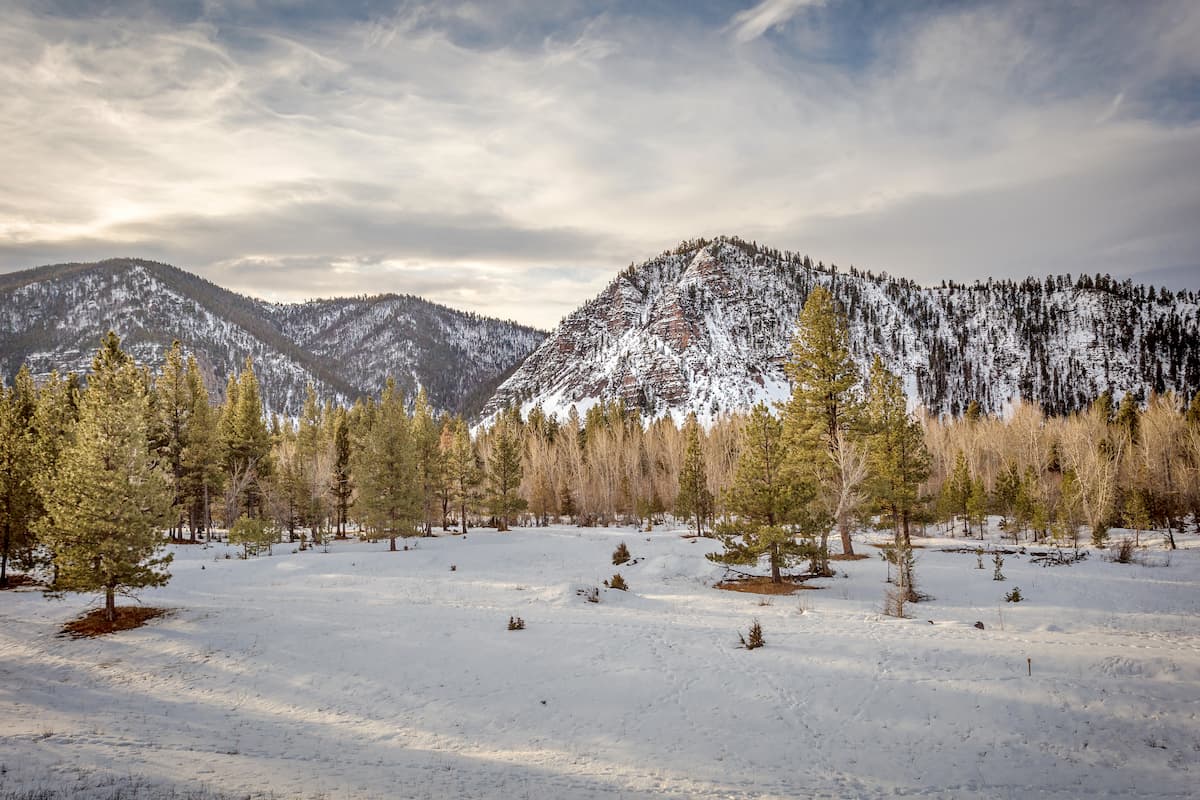
Like the rest of the state of Montana, the Big Snowy Mountains have long been home to humans. Many nations consider the region to be part of their ancestral homelands, including the Blackfeet Nation, Métis, Apsaalooké (Crow), Cheyenne, and Sioux, among countless others.
That being said, while ranges further to the west experienced a decent amount of development after the arrival of non-Indigenous settlers in the region, the Big Snowy Mountains received relatively little attention during the 19th and 20th centuries. Part of this lack of development stemmed from the fact that the Big Snowies do not have substantial deposits of gold and other precious minerals, like the Boulder Mountains and the Elkhorn Mountains.
However, the eastern part of the range, which is often referred to as the Little Snowy Mountains, did have a long history of residence by first peoples and, later, homesteading by European-Americans. The region is still home to a number of large ranches at the lower elevations, however, there are few developed areas on public land within the range.
These days, much of the range is located within the Lewis and Clark National Forest, which is also jointly managed alongside the Helena National Forest. Much of the range is undeveloped, with only a few hiking trails and one campground, however, there are plenty of opportunities for adventure for those willing to venture off-trail.
Much of the Big Snowy Mountains is undeveloped and infrequently visited, however there is one primary hiking area in the range: Crystal Lake.
Crystal Lake is located in the western part of the Big Snowy Mountains at the western base of Mount Harlow and at the base of the eastern flank of West Peak. It is accessible by a steep, winding forest service road called Crystal Lake Road, which leads from US Highway 87 to the shores of Crystal Lake.
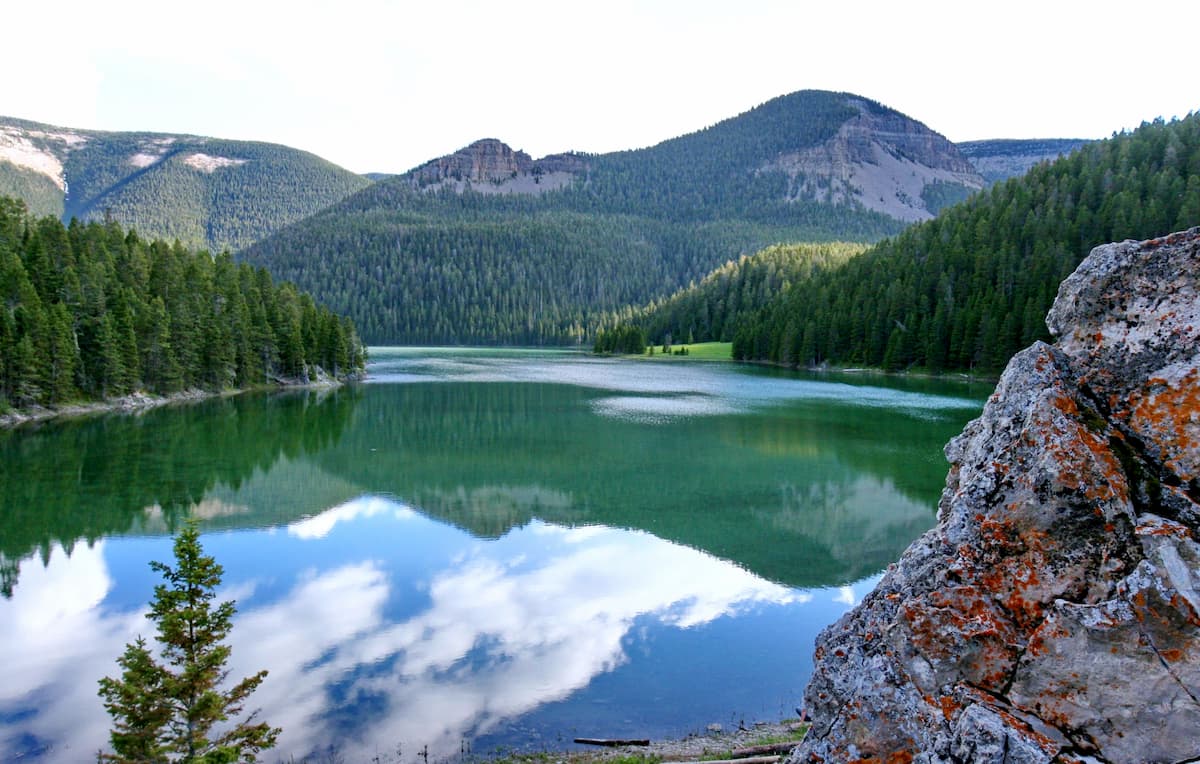
At the lake, there is a 28 site campground with potable water and restroom facilities, as well as a single cabin that’s available for rent. The campground is a great starting point for adventures into the range because it connects to a number of popular trails.
The Ice Caves Trail (trail #493/490) starts near the campground and climbs approximately 5 miles (8km) up a steep slope to the crest of the range. Just below the crest of the ridge there is an opening for the Ice Caves, which are a stunning set of subterranean rooms and tunnels that offer a respite from the summer heat.
Covering approximately 3.5 miles (5.6km), the Crystal Cascades Trail starts from the Crystal Lake area and walks along a moderately inclined path to the base of a scenic waterfall. The waterfall actually starts inside a deep cave and falls for about 100 ft (30m) down to the ground below.

This steep trail climbs up from Crystal Lake to a scenic vista known as Grandview Point. It gains about 1,000 feet (304m) in about 3.5 miles (5.6km) and offers excellent views of the surrounding region. If you want more of an adventure, you can continue on the trail to the summit of West Peak.
Despite being isolated from other mountain ranges in the state, the Big Snowy Mountains are located within driving distance from some of Montana’s largest cities. Here are some of the best places to stay during your visit.
Nestled just to the north of the range, the town of Lewistown is the county seat of Fergus County. It is home to about 6,000 people and it is located almost exactly in the middle of the state. The town is accessible by road and is just around 2 hours from both Billings and Great Falls.
Located to the southeast of the Big Snowy Mountains, the city of Billings is home to approximately 110,000 residents. It is the largest city in the state of Montana and it is home to Montana State University Billings, the state’s third largest university.
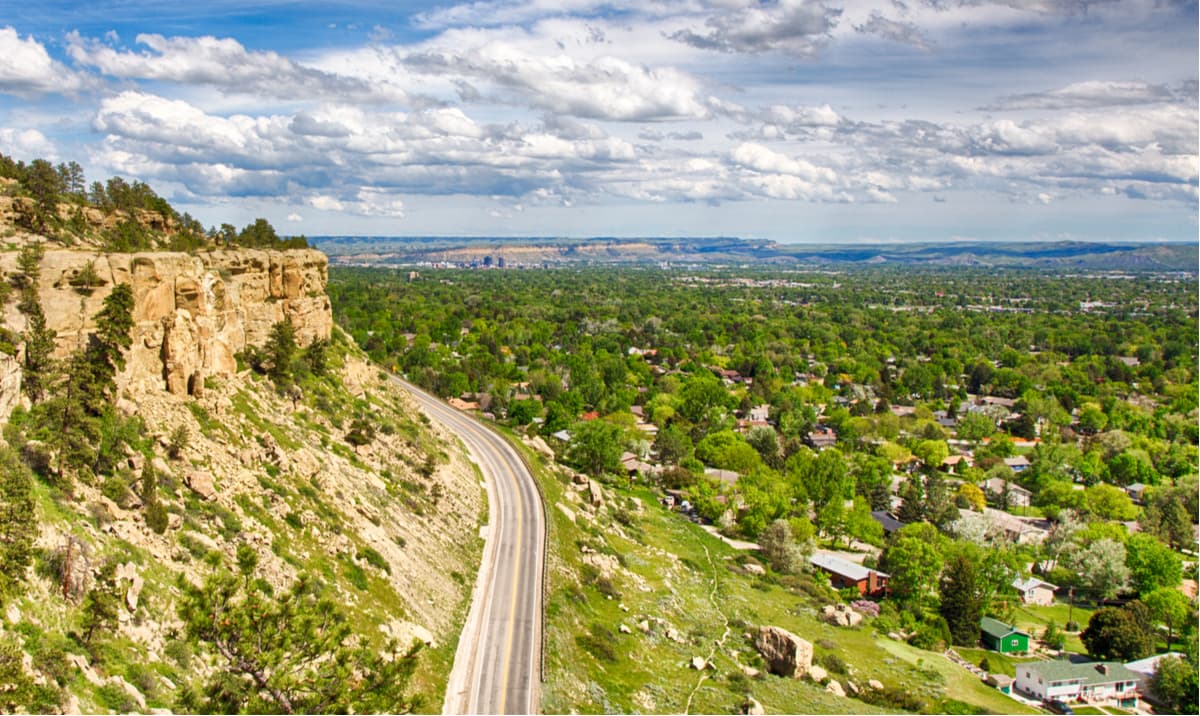
Billings is located along I-90, which offers good connections to the rest of the state. It is also home to the Billings Logan International Airport, which offers nonstop flights to major airline hub cities around the country.
Great Falls is a city of some 58,000 people located to the northwest of the Big Snowy Mountains. It is the county seat of Cascade County and it is the third largest city in the state of Montana.
The city is located along a series of waterfalls on the upper Missouri River. Interstate 15 passes through the western part of the city, offering good road access to the cities of Helena and Butte. Great Falls also has an international airport that has service to major cities across the western US.
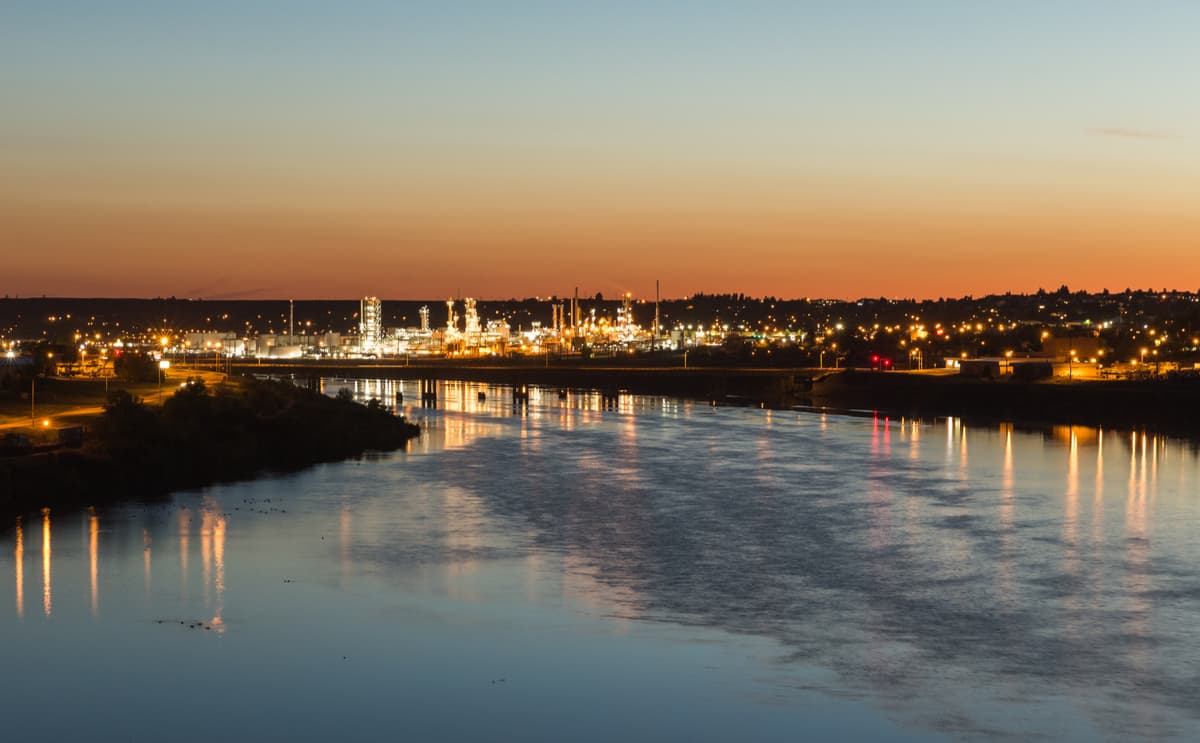
Explore Big Snowy Mountains with the PeakVisor 3D Map and identify its summits.








